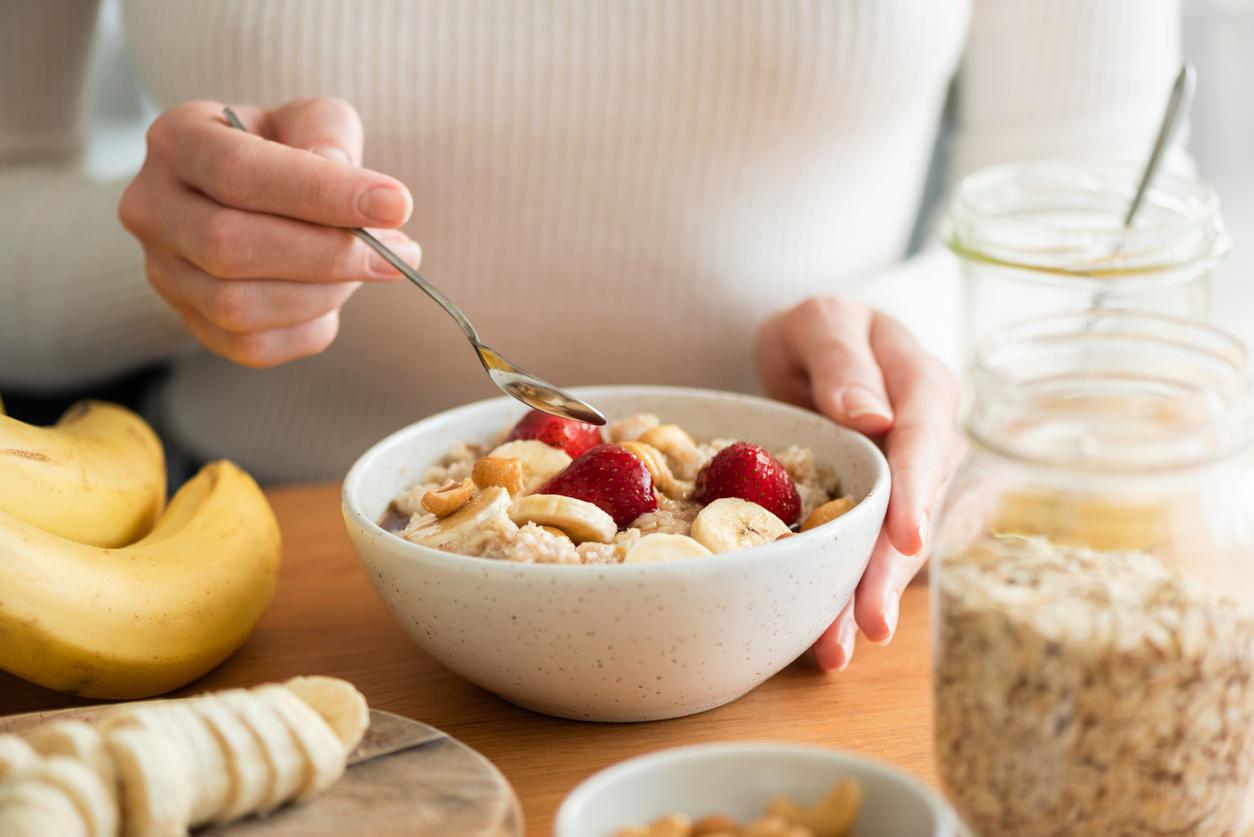Children who spend more time at the table tend to eat more fruits and vegetables.

- By spending 10 to 20 minutes at the table in the canteen, the consumption of fruits and vegetables increases significantly in children.
- Increasing the time spent at the table in the canteen allows children of all income and resource levels to be exposed to different healthy foods.
Fruits and vegetables are often not children’s first choice when eating lunch in the school canteen. American researchers from the University of Illinois may have found a solution to encourage the consumption of these health-beneficial products. In a study published June 22 in the journal JAMA Network Openthey suggest that increasing their time at the table helps improve their diet.
Canteen lunch times are often ten minutes or less
The researchers first found that the effective time spent at the table during the lunch break in the canteen is short. “Spending ten minutes sitting at lunch, or even less, is quite commonobserved Melissa Pflugh Prescott, lead author of the study. The scheduled lunch time may be longer but students have to wait in line to get their food. And sometimes lunch periods are shared with recess. This means the time children actually have to eat their meals is much less than the scheduled time..”
Keeping in mind that the time spent at the table in the canteen is not long, the researchers compared the consumption of fruits and vegetables during 10 and 20 minutes of seated meals. “During the shorter lunch periods, the children ate significantly less fruit and vegetables from their meal, while there was no significant difference in the amount of drinks or entrees they consumedfound Melissa Pflugh Prescott. It makes sense that you can eat the first part of your meal. If you have enough time left, you can move on to the other parts. But if there’s not enough time, the items that get pushed aside tend to be fruits and vegetables..”
Require at least 20 minutes of table time
For this study, scientists observed elementary school-age children enrolled in a summer camp on the University of Illinois campus. “We have tried to make this as comparable as possible to everyday school. We worked with the local school district and used the same food dispensers as them, and selected menu items based on the local public school menu”, adds the researcher. Each day was randomly assigned to be a short or long lunch day. Each of the short lunches was paired with a long lunch day with an identical menu. The behavior and the food consumed by the children were monitored.
The results revealed that fruit was consumed at a higher overall rate than vegetables, but children ate both foods significantly more when lunches were longer. “A variety of vegetables should be served each week, to ensure that children of all income and resource levels are exposed to different healthy foodsconcluded Melissa Pflugh Prescott. But if we have lunch periods that are too short for children to get used to these foods, then we are almost setting the policies to fail.. One of the key takeaways from our study is that children need protected time to eat their fruits and vegetables. Our findings support policies that require at least 20 minutes of sit-down lunch at school.”
.















